Digby Warde-Aldam surveys the London art scene…
The weekend crowds at London’s museums are to me as daylight is to vampires. When I went to see Rembrandt at the National Gallery on a Saturday late last year, the experience left me a dizzy wreck. As I jostled past the day-trippers, straining to get a glimpse of the work on show, five different hangovers coagulated into one and I began to understand how Bosch must have felt when he painted Fall of the Damned into Hell. Never, I vowed, would I attempt to see a gallery blockbuster during peak visiting hours.
This was why I found myself at Tate Britain at 10am on Tuesday morning, not quite marvelling at Christina Mackie’s new installation in the museum’s Duveen Gallery (until 18 October). Her project, The Filters, is a great idea that is somewhat dwarfed by the colossal space it was designed for. It’s a real shame, but you can’t help feeling the work would be a triumph in a less daunting setting. In all honesty, it falls flat.
The same cannot be said for the exhibit I’d come to see: Tracey Emin’s My Bed. In truth, my trip to Millbank was more a sentimental pilgrimage than anything that could reasonably be described as ‘work’. When I first saw Tracey’s bed, at the 1999 Turner Prize show, I was 10 years old and so clueless I would’ve believed Picasso was a realist if you’d told me. I had no conception that art was about anything but pretty pictures of trees and buses.
Seeing My Bed, it was as if the floor had disappeared beneath my feet. Naff though it sounds, Emin’s work changed the way I thought about almost everything. I had no knowledge, let alone context for it – but I was pretty sure it was the most crushingly miserable thing I’d ever seen. I stood gawping at it, amazed that someone could dare to present their life with such chaotic honesty.
The prospect of being reacquainted with My Bed was an odd one. Odder still, the small gallery in which it has been installed was full of kids who must have been about the same age as me when I first saw it. A few of them looked just as troubled and confused by it as I had been back in 1999. As for my initial reaction, it was rather less hyperbolic than the last time round, and went something along the lines of: ‘Call that messy? Cor Tracey, you should see my bedroom.’
◎
That very morning, Tate Britain announced that its director, Penelope Curtis, was to step down. Curtis approved some rotten shows during her time at the Tate, but the treatment she got from critics was unfair (even if some of it did come from, er, me). I can’t think of a better activity to idle away a day than taking a walk around Tate Britain’s re-hung permanent collection, and its recent refurbishment makes its sister gallery down the Thames look dowdy and dated by comparison. I feel that Curtis played an instrumental role in returning a rather staid institution to world-class status. For what it’s worth, I wish her and her successor only the best of luck.
◎
Up in Mayfair, a decidedly weird bunch of shows have opened in the last couple of weeks. I couldn’t decide whether Isa Genzken’s ‘Geldbilder’ at Hauser & Wirth (until 16 May) was crassly amusing or simply crass. The works in the show are essentially a set of anarchic paintings onto which Genzken has superglued a developing economy’s worth of high-denomination banknotes. I have a sense it might be a moderately funny joke taken way too far.
At Victoria Miro, meanwhile, Indian artist NS Harsha is showing his absolutely bonkers new paintings (until 25 April). Typical subjects range from cows in space to figures in parrot masks staring down microscopes – ‘gritty’ this is not. While Harsha’s concoctions may be a little too whimsical for some tastes, it’s a compellingly psychedelic exhibition.
◎
Of what I’ve seen, the pick of the bunch is the late Roger Ackling’s show at Annely Juda (until 7 May). Up until his death last year at the age of 66, Ackling was carving beautiful, mysterious objects from the flotsam and jetsam that washed up on the shore near his home in Norfolk. Some of his creations take recognisable forms – there are spoons, picture frames and coat toggles. Others are more totemic. They are a strange hybrid between pre-Christian Anglo-Saxon craft and the austere aesthetics of Modernism, like miniature monoliths in search of spiritual significance. This show rounds up Ackling’s last works, mainly created as gifts for his friends. It is a quiet but beguiling experience – one I can’t urge you to see enough.
Unlimited access from just $16 every 3 months
Subscribe to get unlimited and exclusive access to the top art stories, interviews and exhibition reviews.

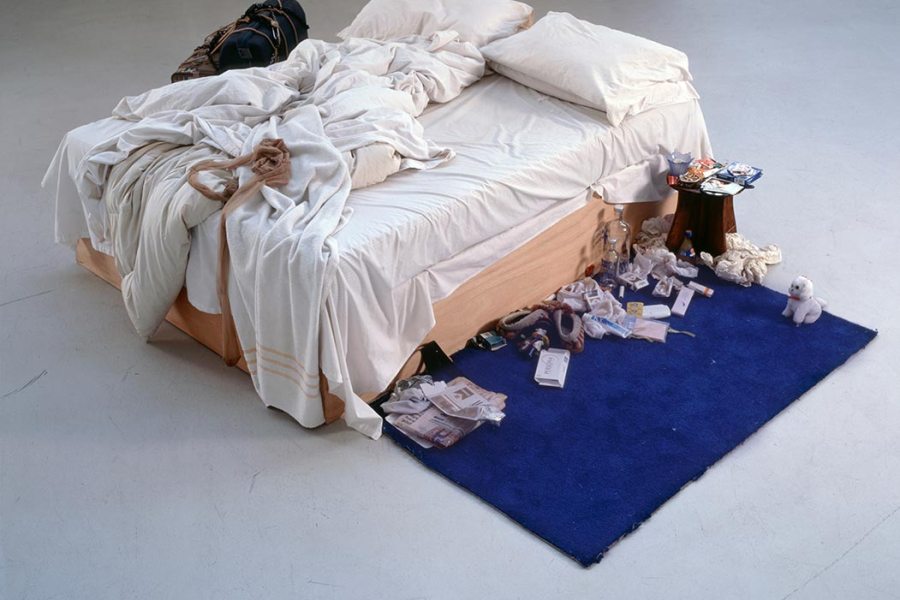
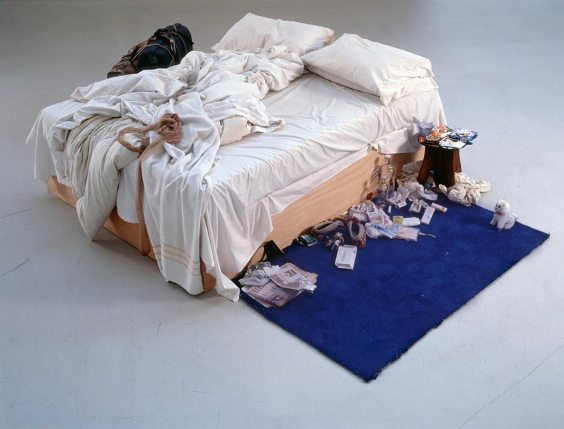
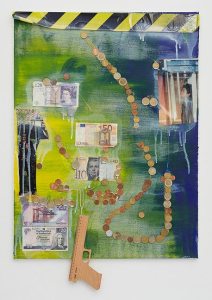
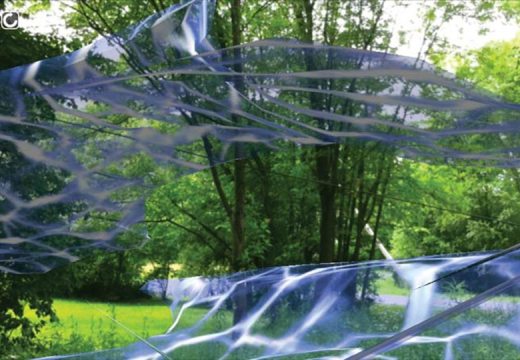
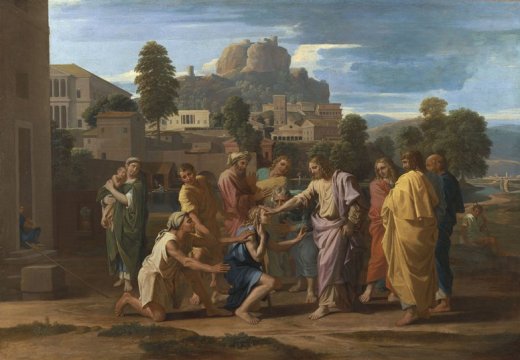
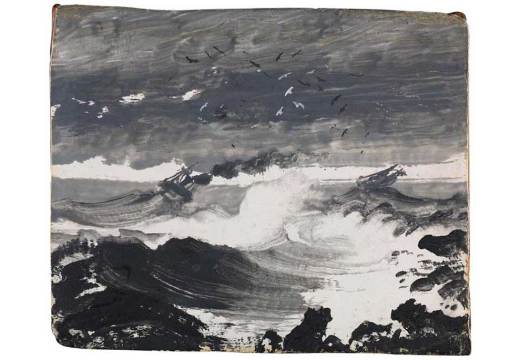









![Masterpiece [Re]discovery 2022. Photo: Ben Fisher Photography, courtesy of Masterpiece London](http://www.apollo-magazine.com/wp-content/uploads/2022/07/MPL2022_4263.jpg)
It’s time for the government of London to return to its rightful home